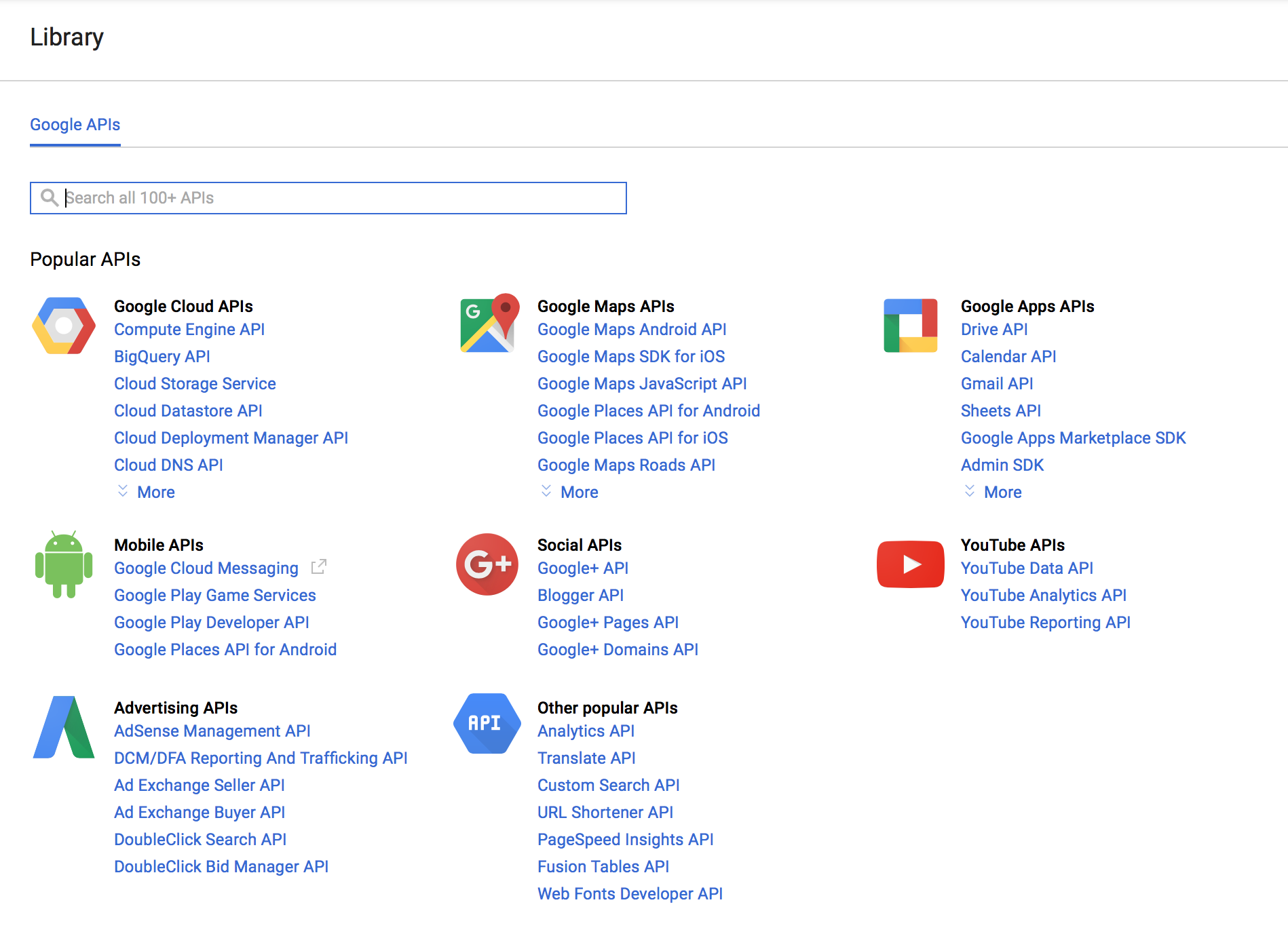

- Using google trends api python install#
- Using google trends api python full#
- Using google trends api python pro#
That way, you’re always calling and querying live and accurate data. Unlike a third-party scraper, we manage our own API.
Using google trends api python pro#
Unlike Google Trends, Exploding Topics shows you what’s trending, instead of making you search for it.Įxploding Topics Pro Business provides a flexible and easy-to-use REST API so you can retrieve and analyze topics we find in real-time. Like Google Trends, you can see what topics are rising in popularity and track them over time. Exploding Topics ProĮxploding Topics crawls millions of social media feeds, mentions, conversations, and searches across the web to surface trending topics before they take off. They also have to filter and vet data for spam. Google Trends is not only storing search data, but they are normalizing by time and location to make region and time filtering possible. If Google launched an API to other businesses, it might motivate those companies to sell that data. Rather than risk leaking private information via millions of API calls, Google may just prefer not to provide an API for Google Trends. Data used by Google sometimes contains private and personal information. It’s possible that a public API may compromise this. Google Trends uses a combination of proprietary algorithms that analyze search and interest data. It’s possible that a Google Trend API just isn’t a priority. Google has a huge backlog of product and feature improvements. Here are some possible reasons why Google Trends doesn’t offer an API: But it probably won’t happen anytime soon. Google doesn’t explicitly outline why they don't have an API for Google Trends. So, If you’re looking for an alternative to the Google Trends API, this article will cover the top options to consider. (That’s because, again, these aren’t official APIs.) To make things more challenging, there is no official documentation or support for most of these tools. Unexplained gaps appear in data results.It looks like people are having a hard time navigating these tools. To provide a high-level interface for drawing attractive and informative statistical graphics.Looking for the Google Trends API? It doesn’t exist.Īnd most services that claim to are simply scraping Google Trends and providing their own API.ĭealing with third-party APIs can be a shot in the dark.įor example, check out this GitHub issue thread related to the “Google Trend API”: To provide high-performance, easy-to-use data structures and data analysis tools. It also opens figures on your screen and acts as the figure GUI manager. It provides an implicit, MATLAB-like, way of plotting. To provide a state-based interface to matplotlib. To convert extracted data to a JSON object. To scrape and parse Google results using SerpApi web scraping library. Import libraries: from serpapi import GoogleSearch Google-search-results is a SerpApi API package.
Using google trends api python install#
Install library: pip install google-search-results matplotlib pandas seaborn Plot_interest_over_time(google_trends_result) Print(json.dumps(google_trends_result, indent=2, ensure_ascii=False)) Plt.legend(bbox_to_anchor=(1.01, 1), loc='upper left', borderaxespad=0) Palette = sns.color_palette('mako_r', 3) # 3 is number of colors Related_queries = scrape_google_trends('RELATED_QUERIES', 'related_queries', 'Mercedes')ĭata = related_queriesįor result in data:Įxtracted_value = value Related_topics = scrape_google_trends('RELATED_TOPICS', 'related_topics', 'Mercedes') Interest_by_region = scrape_google_trends('GEO_MAP_0', 'interest_by_region', 'Mercedes')ĭata = interest_by_region Interest_over_time = scrape_google_trends('TIMESERIES', 'interest_over_time', 'Mercedes,BMW,Audi')ĭata = interest_over_timeĬompared_breakdown_by_region = scrape_google_trends('GEO_MAP', 'compared_breakdown_by_region', 'Mercedes,BMW,Audi')ĭata = compared_breakdown_by_region Return results if not results else results Results = search.get_dict() # JSON -> Python dict Search = GoogleSearch(params) # where data extraction happens on the SerpApi backend # 'q': '', # query (defined in the function)ĭef scrape_google_trends(data_type: str, key: str, query: str): # 'data_type': '', # type of search (defined in the function) # 'gprop': 'images', # by default Web Search 'date': 'today 12-m', # by default Past 12 months 'engine': 'google_trends', # SerpApi search engine
Using google trends api python full#
If you don't need explanation, have a look at full code example in the online IDE. Response times and status rates are shown under SerpApi Status page. SerpApi handles everything on the backend with fast response times under ~2.5 seconds (~1.2 seconds with Ludicrous speed) per request and without browser automation, which becomes much faster.


 0 kommentar(er)
0 kommentar(er)
